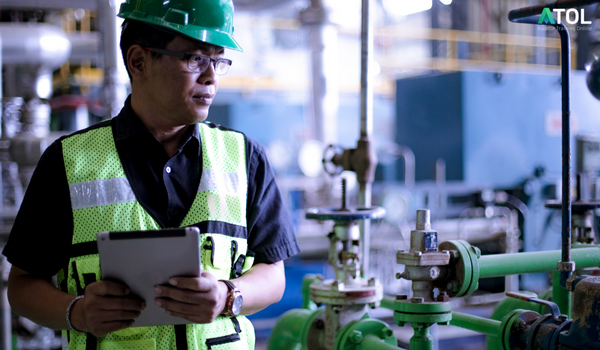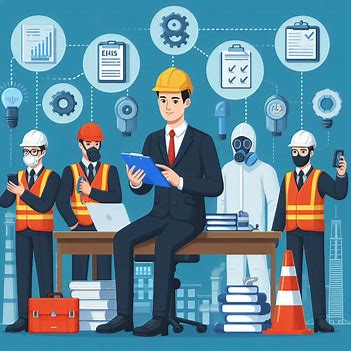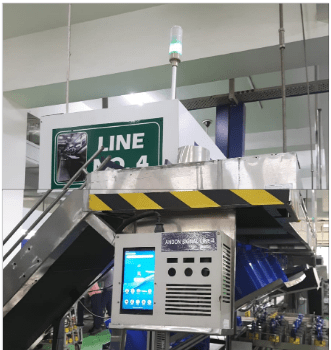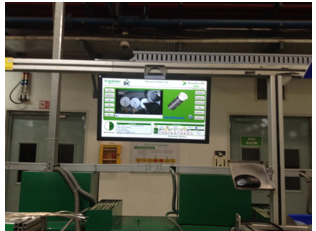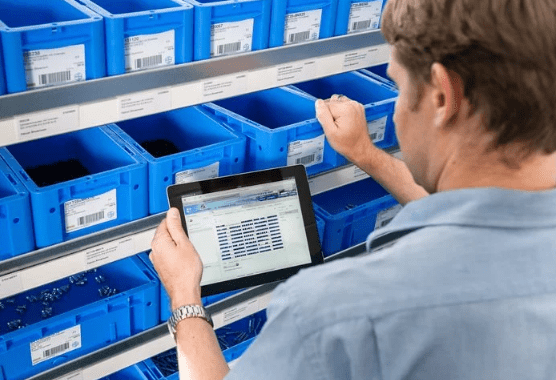Achieving ISO 14001 Compliance EHS Safety Tools
Introduction:
In today’s environmentally conscious business landscape, organizations are under increasing pressure to demonstrate their commitment to sustainability. One key way to achieve this is by meeting the rigorous standards outlined in ISO 14001, a globally recognized framework for environmental management. By leveraging Environmental Health and Safety (EHS) tools, businesses can streamline their path to certification and ensure ongoing compliance.
Benefits of ISO 14001 Certification:
Achieving ISO 14001 certification offers numerous advantages:
1. Enhance Environmental Reputation:
This certification showcases an organization’s dedication to sustainability, positioning it as a responsible entity in the marketplace.
2. Reduce Environmental Risks:
By adhering to standards, companies can minimize the likelihood of environmental incidents that could have severe consequences.
3. Improve Compliance:
ISO 14001 helps businesses stay compliant with environmental regulations, reducing the risk of penalties and legal issues.
4. Increase Efficiency:
The structured approach of ISO 14001 leads to optimized resource utilization and reduced waste, ultimately benefiting the bottom line.
5. Gain a Competitive Edge:
Certification can differentiate organizations from competitors, appealing to customers who prioritize sustainability in their purchasing decisions.
The Role of EHS Safety Tools in Supporting ISO 14001
EHS tools are essential for organizations striving to achieve and maintain ISO 14001 certification. These tools provide:
1. Streamlined Environmental Data Management:
Centralizing environmental data simplifies management and enhances accessibility.
2. Simplified Compliance Management:
Keeping track of regulatory requirements becomes easier, allowing for consistent compliance.
EHS tools help identify and mitigate potential environmental risks, safeguarding the organization’s reputation and finances.
4. Improved Reporting and Analytics:
These tools generate valuable insights that facilitate informed decision-making.
5. A Culture of Sustainability:
By engaging employees and promoting environmental awareness, companies can foster a workplace that values sustainability.
Best Practices for Implementing EHS Tools
Maximizing the advantages of EHS tools requires adherence to best practices:
1. Define Clear Objectives and Targets:
Aligning EHS tools with specific environmental goals ensures that efforts are focused and effective.
2. Select the Right Tool:
Choosing an EHS tool that caters to an organization’s specific needs and challenges is crucial for successful implementation.
3. Provide Training and Support:
Ensuring that staff are trained and supported will lead to better utilization of EHS tools.
4. Monitor and Evaluate Performance:
Regular assessments of EHS tool effectiveness can uncover opportunities for improvement.
Conclusion
Achieving ISO 14001 certification is a significant milestone for organizations committed to environmental excellence. By leveraging EHS tools, businesses can streamline their path to certification, ensure ongoing compliance, and drive continuous improvement. The benefits of ISO 14001 certification are numerous, from enhanced environmental reputation and reduced environmental risks to improved compliance and increased efficiency. As organizations continue to prioritize sustainability and environmental responsibility, the importance of ISO 14001 certification and EHS tools will only continue to grow. By embracing these tools and standards, businesses can position themselves for long-term success while contributing to a more sustainable future for all.

